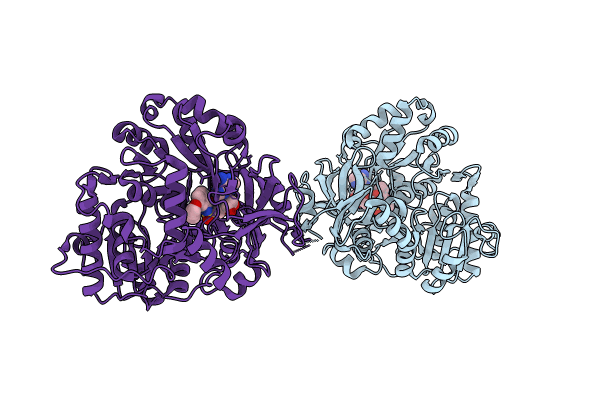
Deposition Date
2023-07-24
Release Date
2024-07-31
Last Version Date
2025-01-01
Entry Detail
PDB ID:
8K5S
Keywords:
Title:
The structure of EntE with 3-(prop-2-yn-1-yloxy)benzoic acid sulfamoyl adenosine
Biological Source:
Source Organism:
Escherichia coli (Taxon ID: 562)
Host Organism:
Method Details:
Experimental Method:
Resolution:
2.65 Å
R-Value Free:
0.21
R-Value Work:
0.18
R-Value Observed:
0.18
Space Group:
I 1 2 1


